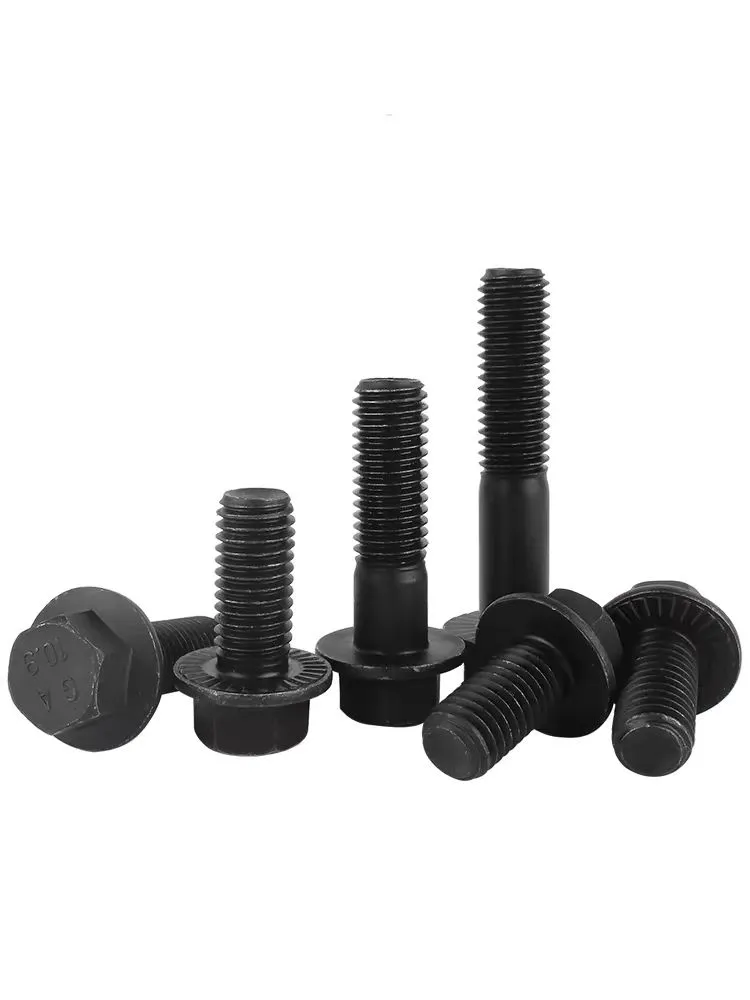

metal to metal self drilling screws
نوفمبر . 15, 2024 11:44 Back to list
metal to metal self drilling screws
Understanding Metal to Metal Self-Drilling Screws
In the world of construction and metal fabrication, the choice of fasteners can significantly impact the strength and integrity of a structure. Among these fasteners, metal to metal self-drilling screws have gained a considerable following for their efficiency and effectiveness in joining metal components. This article delves into the characteristics, advantages, and applications of self-drilling screws in metal-to-metal connections.
What are Self-Drilling Screws?
Self-drilling screws, often referred to as Tek screws, are specifically designed to eliminate the need for pre-drilling holes in the materials they are fastening. These screws are equipped with a drill point at the tip, allowing them to penetrate metal surfaces effortlessly. The unique design not only simplifies the installation process but also helps ensure a secure and reliable connection between metal components.
Key Features
1. Drill Point Design The most notable feature of self-drilling screws is their drill point, which is engineered to cut through metal. This eliminates the necessity of using a separate drill bit, saving both time and labor costs.
2. Thread Configuration These screws typically have a coarse thread that provides excellent holding power when fastening metal sheets together. The threads grip the materials tightly and resist loosening over time, even under conditions of vibration.
3. Material Composition Most self-drilling screws are made from carbon steel or stainless steel, providing durability and resistance to corrosion. Stainless steel variants are especially useful in environments where exposure to moisture and corrosive elements is a concern.
4. Head Styles Self-drilling screws come with various head types, such as hex, pan, and flat heads, allowing for versatility in applications and aesthetic preferences. The head style can also influence the torque needed during installation.
Advantages of Using Self-Drilling Screws
1. Time Efficiency The ability to drill and fasten in one step significantly reduces installation time. This is particularly beneficial on large projects where speed is essential to meet deadlines.
2. Reduced Labor Costs Since self-drilling screws do not require pre-drilling, fewer tools are needed, which translates into lower labor costs. Workers can focus on fastening instead of preparing the workspace.
metal to metal self drilling screws

3. Versatility These screws can be used in a variety of applications, including metal roofing, siding, HVAC installations, and more. Their adaptability to different materials makes them a valuable addition to any contractor’s toolkit.
4. Strong and Durable Connections Self-drilling screws create strong and reliable joints that can withstand various loads and stresses. This strength is crucial for maintaining the structural integrity of any metal assembly.
5. Less Chance of Misalignment With no need for pre-drilling, there is a reduced risk of misalignment, which can occur when drilling multiple holes. This leads to a more precise assembly and a better overall finish.
Common Applications
Metal to metal self-drilling screws are widely used across various industries
- Construction They are commonly employed in the installation of metal framing, roofing systems, and siding. The ease of use and efficiency make them a go-to choice for builders.
- Automotive In automotive manufacturing, self-drilling screws facilitate the assembly of various components, ensuring secure fittings that can withstand the rigors of vehicle operation.
- Manufacturing These screws are also prevalent in manufacturing environments where metal parts need to be assembled quickly and efficiently.
- HVAC In the heating, ventilation, and air conditioning industry, self-drilling screws are used to secure ductwork and other metal components, contributing to the overall efficiency of the systems.
Conclusion
In summary, metal to metal self-drilling screws offer a myriad of benefits that enhance the efficiency and reliability of metal fastening applications. Their design features, combined with advantages such as reduced installation time and improved joint strength, make them an essential component in modern construction and manufacturing. Whether you are a contractor, fabricator, or DIY enthusiast, understanding the capabilities of self-drilling screws can help you choose the right fasteners for your projects, ensuring success and durability in your metal assemblies.
Latest news
-
Premium Fasteners Manufacturer | AI-Driven Solutions
NewsAug.01,2025
-
Hot Dip Galvanized Bolts - Hebei Longze | High Strength, Corrosion Resistance
NewsAug.01,2025
-
High-Strength Hot Dip Galvanized Bolts - LongZe | Corrosion Resistance, Custom Sizes
NewsAug.01,2025
-
Best Self Tapping Screws for Drywall - Fast & Secure Installation
NewsJul.31,2025
-
High-Strength Hot Dip Galvanized Bolts-Hebei Longze|Corrosion Resistance&Customization
NewsJul.31,2025
-
Hot Dip Galvanized Bolts-Hebei Longze Metal Products|Corrosion Resistance&High Strength
NewsJul.31,2025

